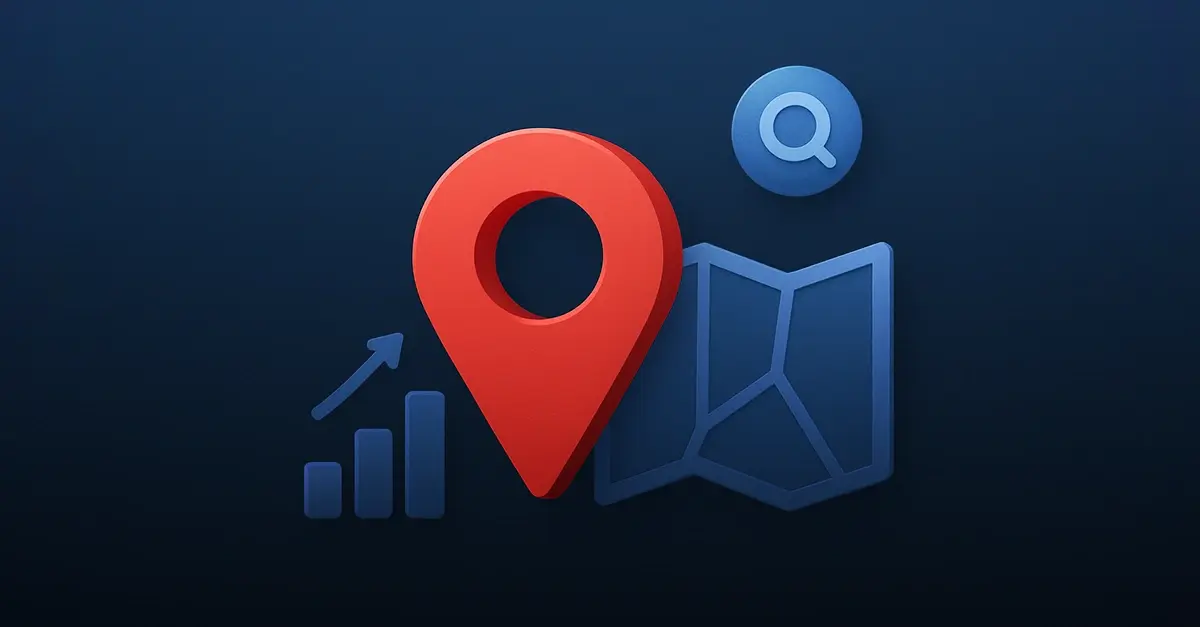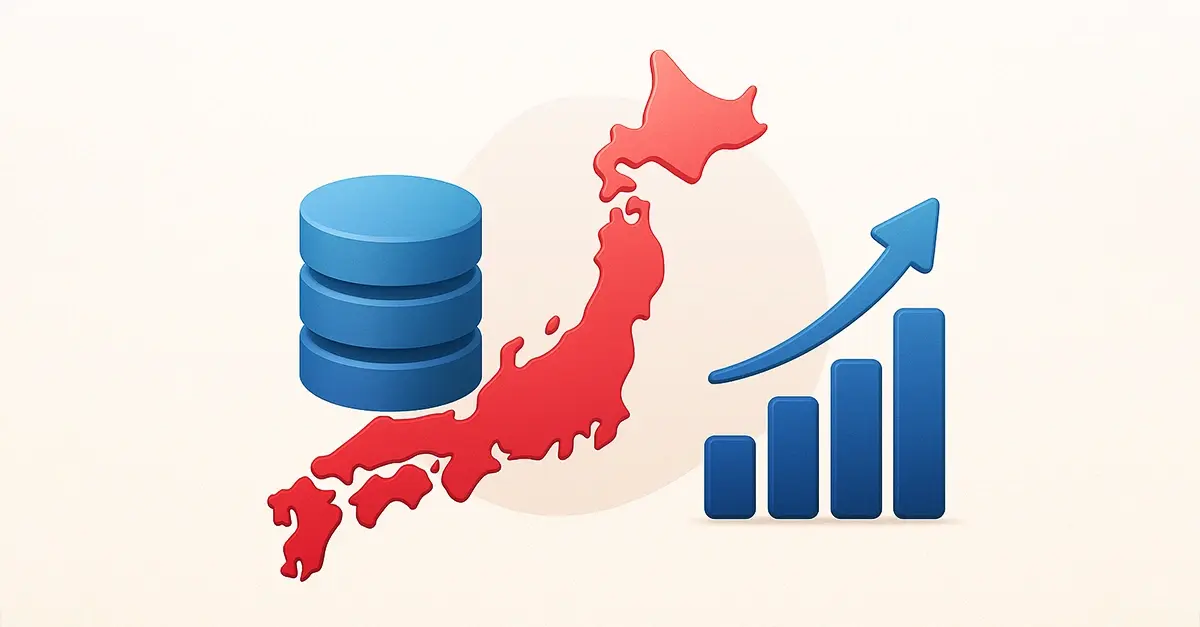1) Retail store expansion for a fashion brandA global fashion retailer uses POI data to analyze potential store locations. By evaluating nearby competitors, customer demographics, and foot traffic patterns, they identify prime areas with high revenue potential.
2) Quick service restaurant (QSR) franchise placementA QSR chain evaluates POI data to select franchise locations near high-traffic areas such as shopping malls, schools, and highways. Data on nearby competitors and local demographics helps optimize location profitability.
3) Warehouse location selection for an e-commerce companyAn e-commerce company uses POI data to locate warehouses near major transportation routes, population centers, and delivery hubs. By incorporating building footprints and geolocation data, they minimize shipping times and operational costs.
Millions of POIs: We offer a dataset of 24 million POIs located in the USA.
US Data Coverage: Our database covers the entire United States.
Weekly Data Updates: Our database is updated weekly.
Customized Datasets: You can customize your dataset by selecting specific locations and attributes such as geolevel or building area.
Additional Data Attributes: You can enhance your POI dataset by adding business data attributes associated with POIs.
Decades of Expertise: We have been providing data to global enterprises for over 30 years.
.png?width=597&height=452&name=map_footprint%20(1).png)







